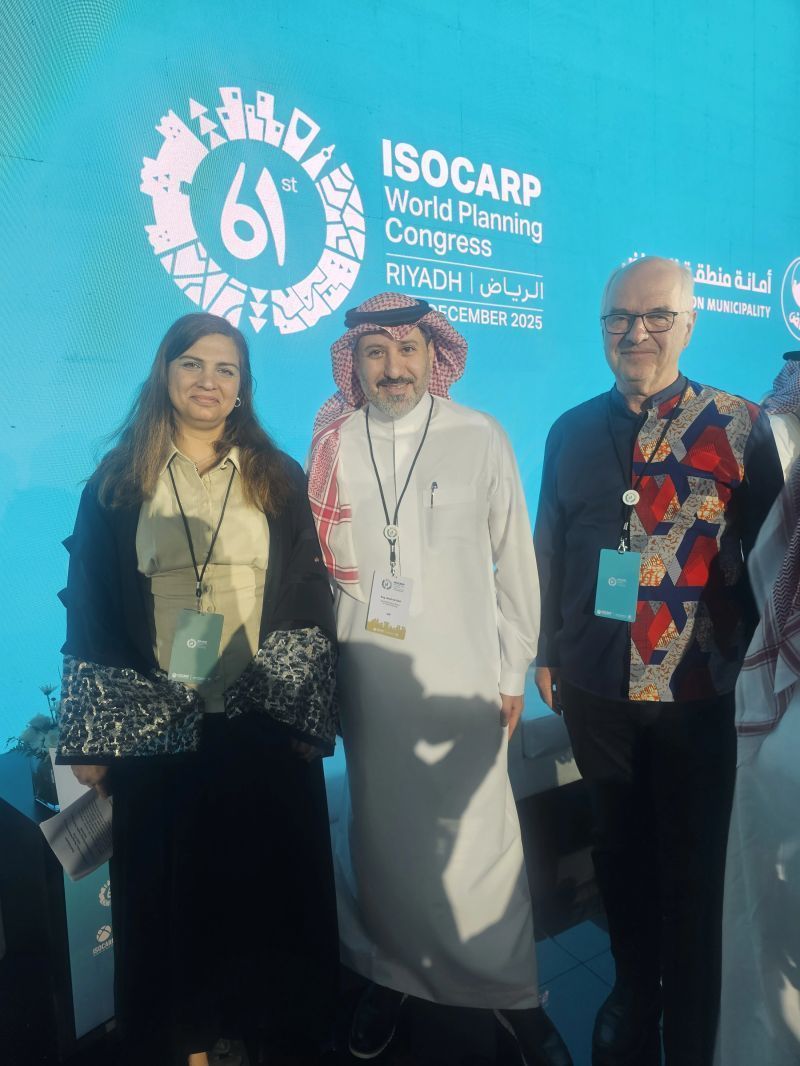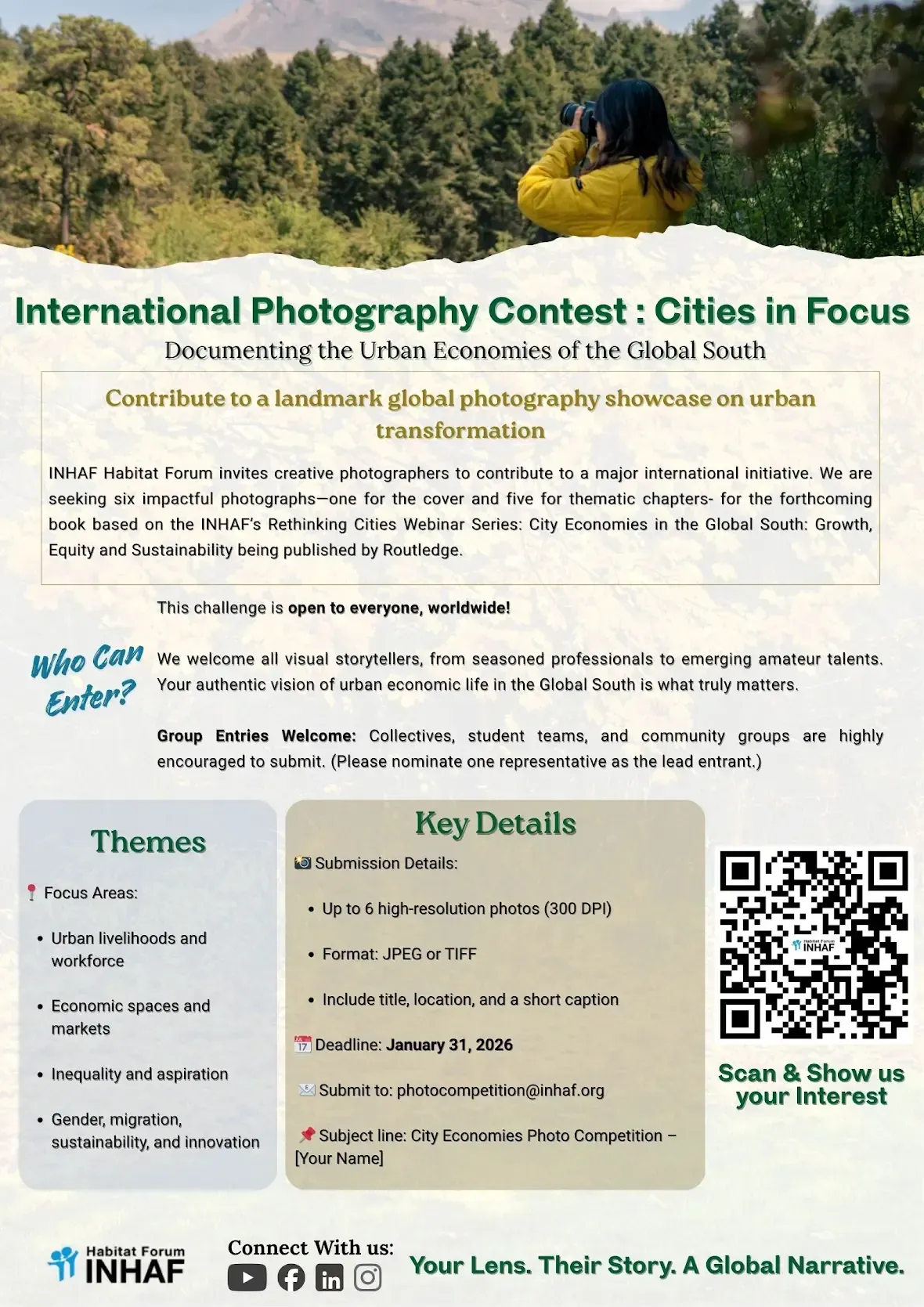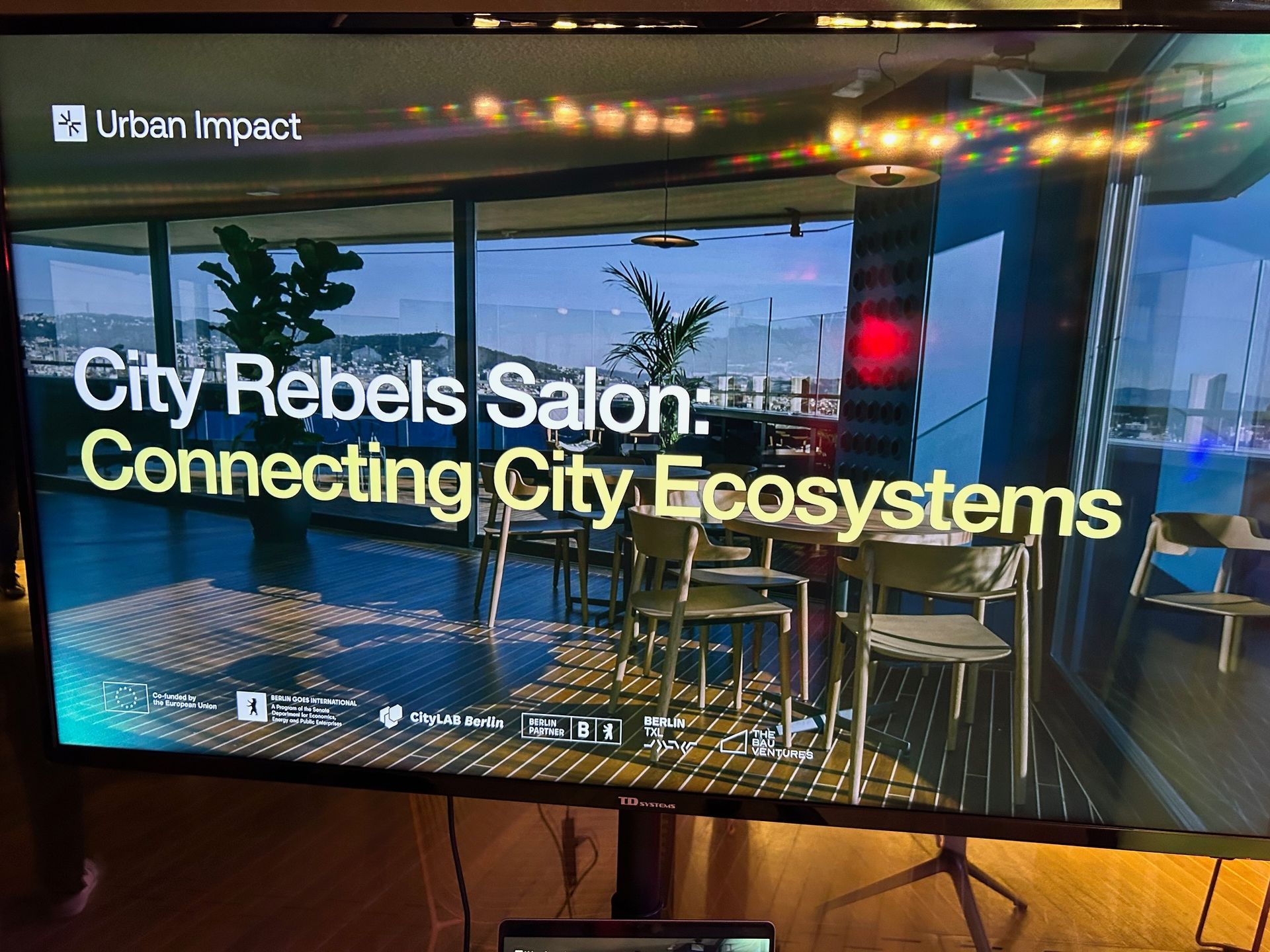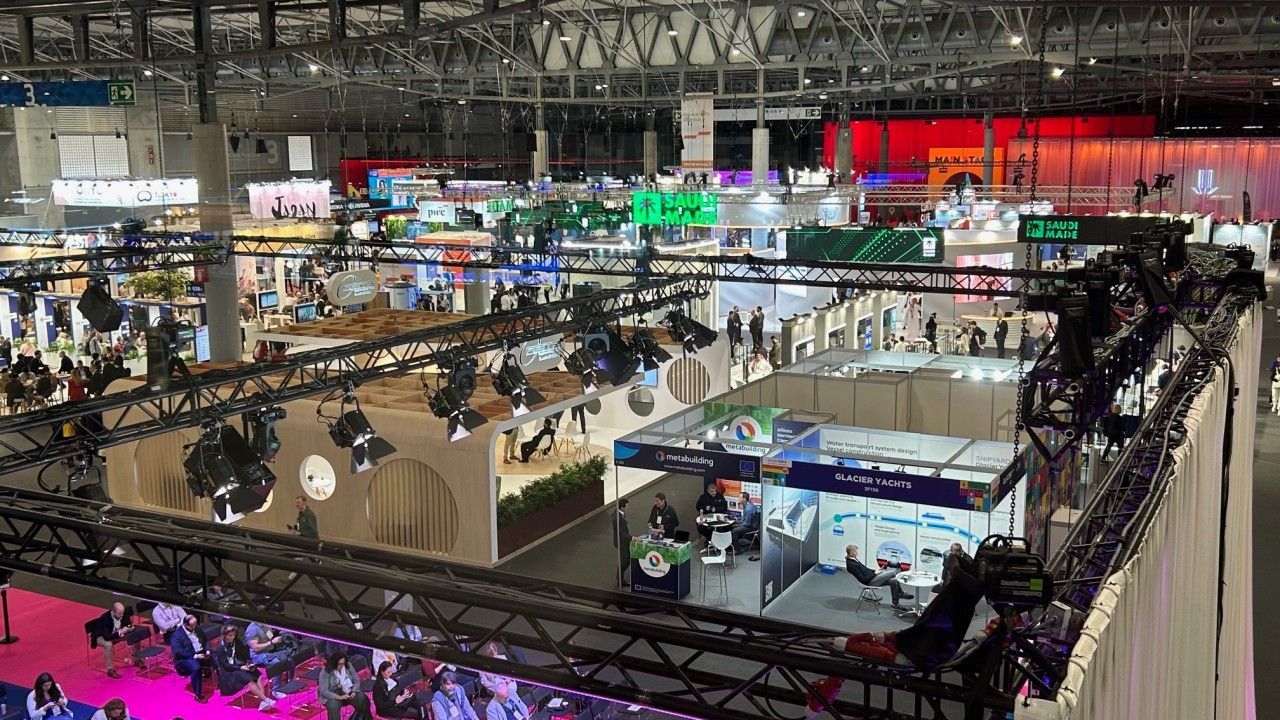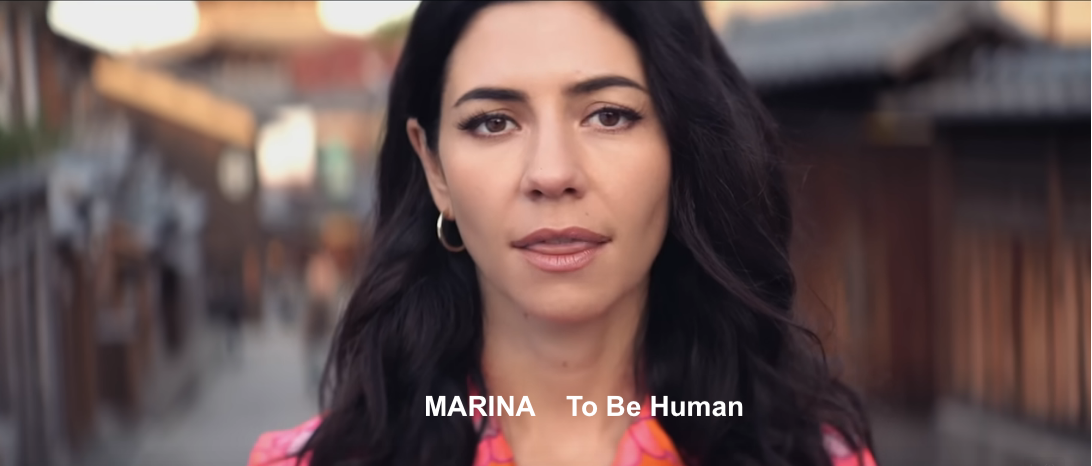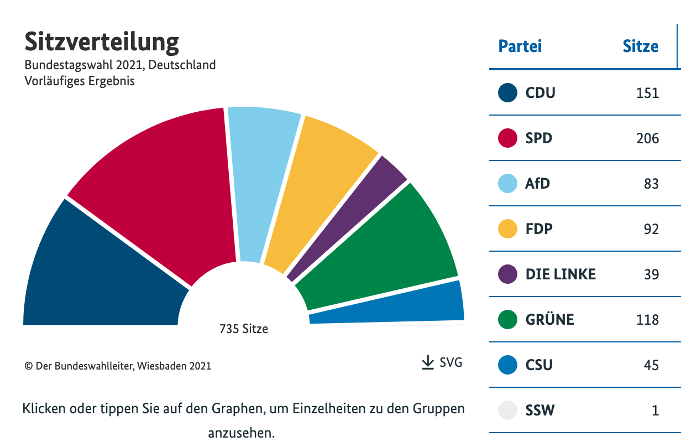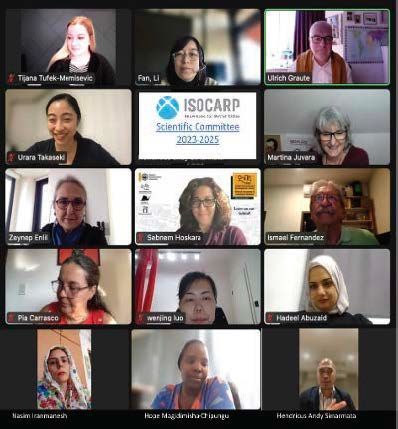Sustainable Germany (1): Building a new government in Germany is as challenging as sustainable development. That’s a chance for Germany and other countries.
After the German parliamentary elections parties search for the right mix of colors

Picture: picture-alliance/ dpa | Karl-Josef Hildenbrand
While challenging election results are common in many countries Germany was used to know already in the evening after federal election who won the election. In recent years Germany’s election results became increasingly complex. The two dominant parties of cold war times in Western Germany (the conservative Christian democratic party CDU and the social-democrats SPD) lost many of their traditional voters. Instead of 40 percent of the voters they currently have to be happy to have more than 20 percent. In parallel, the Liberals, Greens, left party Die Linked, right wing nationalists AFD and other parties gained influence. The next parliament of Germany will include eight parties.[1]
[1]
https://www.deutschlandfunk.de/nach-der-bundestagswahl-2021-welche-koalitionen-sind-denkbar.2897.de.html?dram:article_id=502404
Distribution of seats in the new Federal Parliament of Germany
The table below shows possible governmental coalitions (‘Mögliche Koalitionen’). All combinations which add up to at least fifty percent of all seats could form a government. In total five coalition meet that threshold. However, the first two and the fifth group of the below list would be built on the basis of the old CDU and SPD coalition. Due to the insufficient performance of the coalition and the losses of the CDU these three options or not actively presumed – at least not for the moment. That leaves the Ampelkoalition (traffic light coalition: red, yellow and green) with 416 out of a total of 735 seats and the Jamaika-Koalition (black, yellow and green like the colors of Jamaica) with 406 seats as the more likely coalitions. Out of these two the Ampel is the most likely to succeed due to the difficult situation of the conservative CDU after 16 years in government and the heavy losses last Sunday. Well, that reduces complexity a bit.
Table: Possible coalitions of political parties for the new government following after the federal elections 2021
The challenge to build a government corresponds with the challenge of sustainability
Looking just at the possibility of an Ampelkoalition the challenge to team up with each other are enormous:
- The Liberals (FDP) have a long tradition in defending freedom but nowadays their focus is more narrowly on economic freedom. During this election campaign their focus was on tax reduction and deregulation for the economy.
- The Social-democrat’s (SDP) focus is decent work, justice and climate neutral industrial policy.
- The campaign of the Greens (Die Grünen) was mainly about climate policy. They want to end the use of coal earlier as already agreed, increase investments and in return accept higher depts and taxes for their climate policy.
Demands for tax reduction and deregulation by Liberals and the demand for a more consequential climate policy of the Greens seem to be most antagonistic. Therefore, the Ampel doesn’t look likely to produce a dream team.
Interestingly, the challenge to combine the focus of the SDP on society, the environmental focus of the Greens and the economic focus of the Liberals corresponds clearly with the challenge of the principle of sustainability to combine the pillars economy, society, and the environment. Now everything will depend on the ability of the three parties to find a basic agreement on how to combine their priorities. In the worst case, they don’t make it and chose a different type of coalition. In a bad case, parties will find an agreement only at the level of the smallest common denominator. On the opposite, in the best case they define a future programme which helps Germany and supports other countries in better achieving sustainability and climate goals through a better combination of the three pillars economy, society and the environment.
All three parties of a possible Ampelkoalition support the Paris Agreement to limit global warming to well below 2°C and to pursue efforts to limit it to 1.5°C. Unfortunately, none of them has presented an action plan on how to make this happen. The negotiations about a new coalition will be crucial for the question if Germany is ready to take the lead and demonstrate that goal achievement is possible. At the end, the need to bring together antagonistic positions of Liberals, Greens and Social-democrats in a new coalition may either fail or turn out as a stroke of luck: To become successful they have no chance to avoid the challenge of climate change and sustainability. The parties are facing difficult negotiations but if we are lucky, they produce a more action oriented governmental programme for goal achievement and as a frame to consolidate party interests.
Peer to peer learning - the case of Germany
As UN and EU Team leader, analyst, developer and evaluator I work as much internationally as in Germany. As blogger I learn from viewer feedback about a large interest in insights from Germany for international developments and vice versa.
The example of current coalition building Germany reminds me at challenges in other countries. In Germany as much as in other countries a transformative process is necessary to allow national and local governments to respond to climate change and other crises. There is always the temptation to focus on sector policies, one policy level, a few stakeholders and short-term benefits. Telling authorities in Germany and abroad that interrelated challenges and crises require a coordinated response is not always a welcome message. However, the time is ticking.
Of course, each case is different. Policies and advisory services have to be Taylor made but peer to peer learning from other countries, regions and cities often helps to find best solutions. Now governments in Germany and the world are forced to finally demonstrate if they top or flop in goal achievement. The next few years will give proof if we and our governments grow up to the challenge. I have worked in very different context over the last decades but this could turn into the most interesting phase. Suspense, drama and the risk to fail are assured.
I would like to continue discussing with viewers like you the challenges and fascinating opportunity in Germany. You’ll find my blog posts on LinkedIn or directly on my blog at https://www.ugraute.de/blog-1.
Policies and Governance for Resilient and Sustainable Cities and Regions
